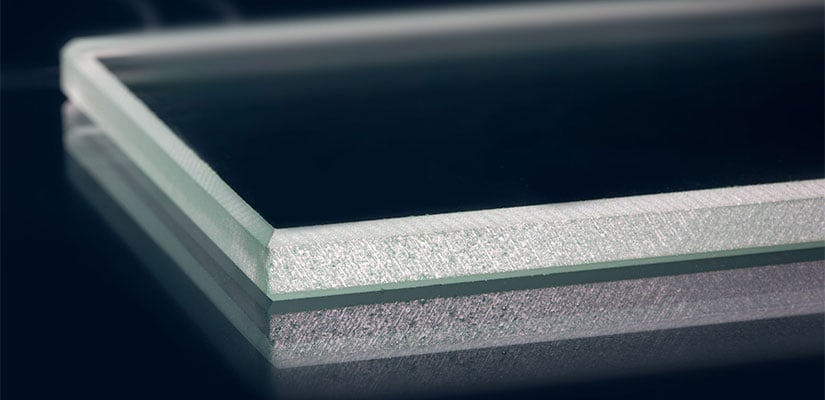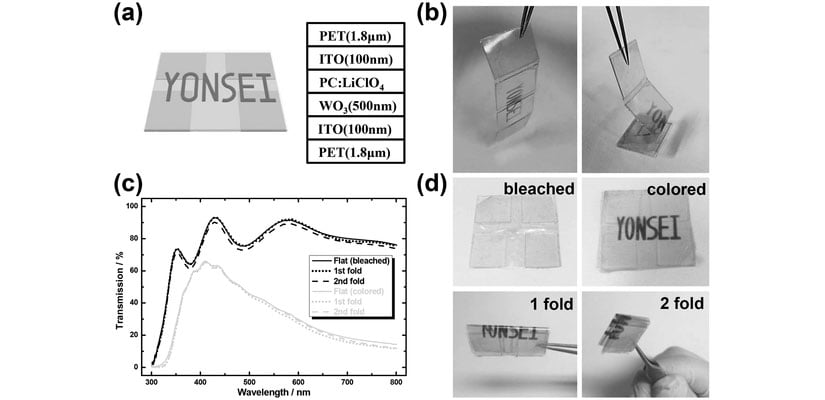
Flexible glass inherently seems implausible due to its brittleness and propensity for fracture.
Glass is one of the most widely used substances in the world and has remained so for thousands of years.
As a material, glass is widely appealing due to its:
- ease of fabrication
- relatively low cost
- transparency and refractive index
- numerous applications
- relative strength and durability
The main weaknesses of glass are the large amount of intrinsic defects created during the fabrication process, brittleness, and propensity for fracture. As an amorphous material, these defects coalesce and form cracks, which propagate throughout the material and induce fracture. The lack of grain boundaries in amorphous systems leaves no designated path for the dislocations to exit the system. The strain then localizes and causes fracture, which propagates throughout the material, causing the glass to shatter. There are many different forms of glass, yet none have increased flexibility, which, to this point, has limited its use for many applications.
A paper published in Advanced Materials magazine in September, 2015, titled, "Glass and Plastics Platforms for Foldable Electronics and Displays," details how a group from Yonsei University was able to successfully create foldable glass without compromising mechanical integrity.
Foldable glass inherently seems implausible, as glass does not undergo elastic deformation. Whereas some materials like metals will deform and bend when subjected to stress, glass is too brittle and will fracture instead. Conventional wisdom would suggest that thicker glass would be less likely to fracture. In reality, the opposite is true. By minimizing the thickness, the stress needed to create fractures is increased.
This phenomenon was discovered by A.A. Griffith and proposed in his 1921 book "The Phenomena of Rupture and Flow in Solids." Griffith's Law describes the behavior of crack propagation of an elliptical nature by considering the energy involved:
when a crack is able to propagate enough to fracture a material, the gain in the surface energy is equal to the loss of strain energy, and is considered to be the primary equation to describe brittle fracture.
The team from Yonsei University created their samples with decreased thickness along both axes of symmetry, allowing the glass to be folded twice with no fatigue or decrease in mechanical or electrical properties. The potential applications for this type of glass are limited only by one's imagination.

A group from Yonsei University was able to successfully create foldable glass without compromising mechanical integrity.
Foldable displays allow a variety of opportunities for storage, shape, and transportation of electronic and glass devices in the future. This technology could have a massive impact on the glass industry as a whole, as the brittleness of glass is one of its main problems in many applications. It will take some time to become commercialized, but expect to see foldable glass in the near future.




